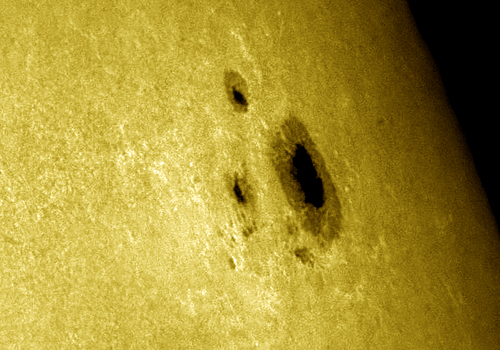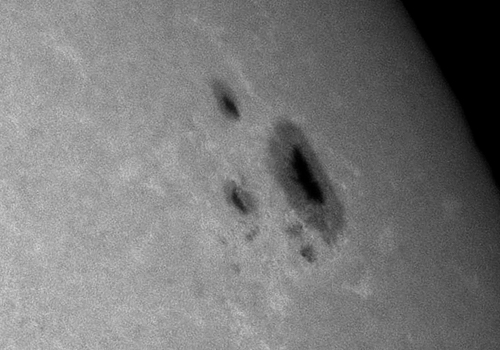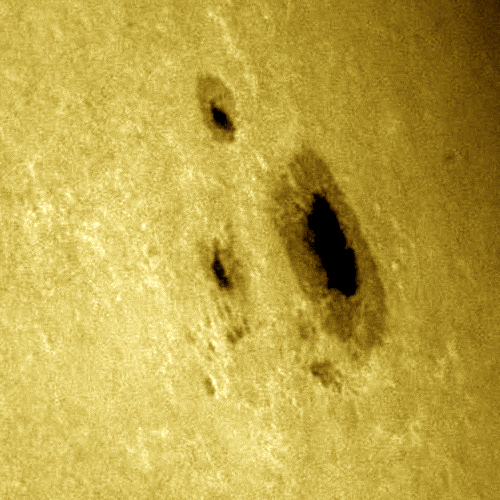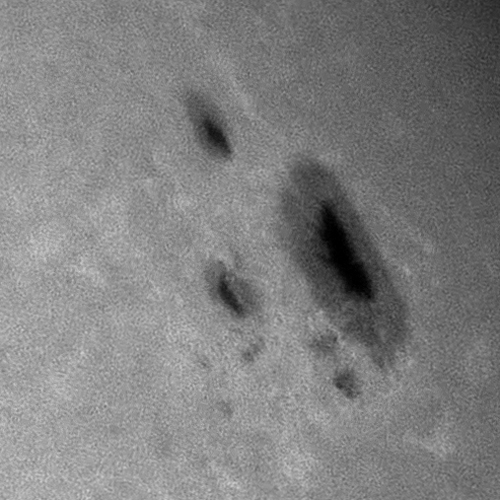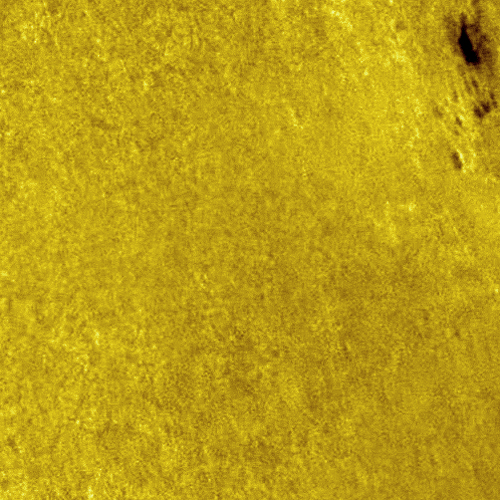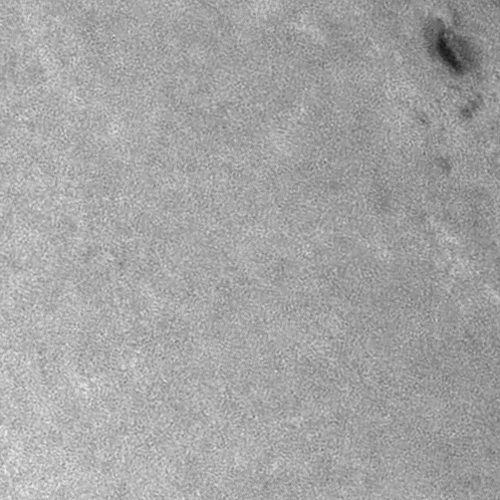DayStar is proud to offer the only Helium D3 Solar Filter available on the market today. Due to our recent advancements in technology which allow more precise tuning of a DayStar filter, we are finally able to capture the Helium emission line.
Discovered in the visual spectrum at 5875.61Å nearby Sodium D1 and D2 lines by Pierre Janssen in 1868 during a solar eclipse, Helium is the second most abundant element in the Universe.
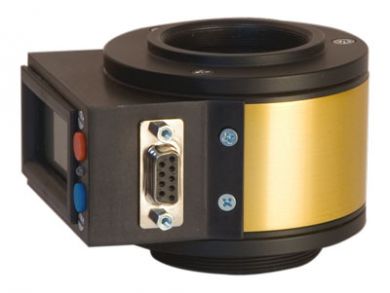
Research studies in D3 in the past have focused on flare research and comparisons of correspondence of absorption in D3 with Magnetic Lines. Those studies used ‘overlappograms’, as He D3 filters have not been available before today.
See below for photos and descriptions of features visible in HeD3 Line.
Features visible in D3 are: Sunspot Detail, SuperGranulation, Plage, Emission in Flare Footprints, Absorption following Magnetic Lines and small prominences.
He D3 line filters are only available in PE grade
due to the high precision in CWL accuracy required to isolate the D3 line.
| Filter | Half-bandwidth (Maximum @ f/30) | Price |
| He D3 line PE | 0.3 ångström | $17,825.00 |
The Line of Helium D3 within the Solar Spectrum:
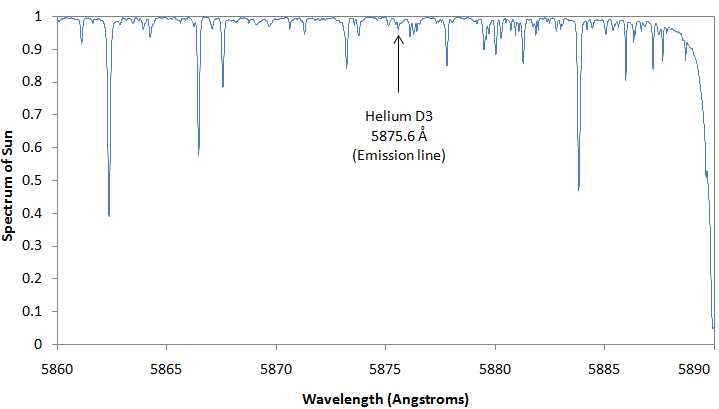
* HALF-BANDWIDTH: The term half-bandwidth refers to an optics industry standard of measure. On a chart depicting the peak where light is transmitted, that peak’s width is measured at the point 50% between zero and full transmission. This term is called half-bandwidth.
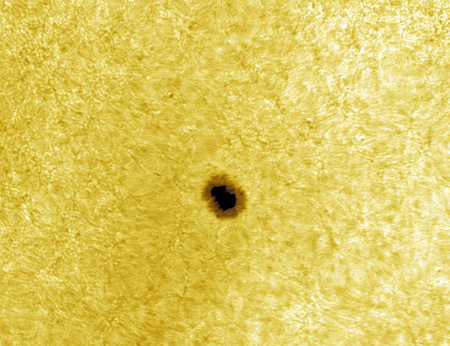
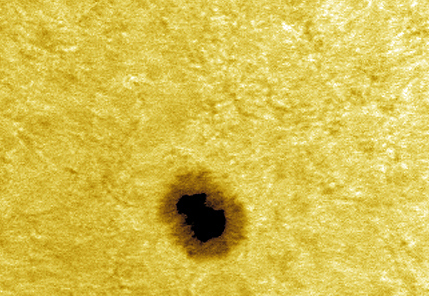
Direct Comparison He D3 to White Light – imaged with same Williams Optic 110mm APO refractor 10/30/2010
Sunspot Active Region 1117 for additional details see wavelength comparison page.
